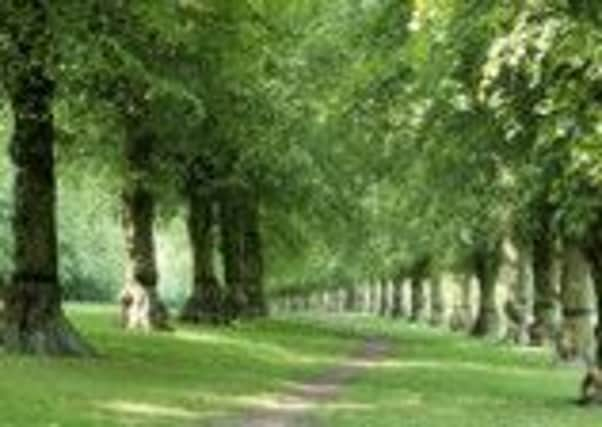Notts: National Trust shares its tips on spring cleaning
This article contains affiliate links. We may earn a small commission on items purchased through this article, but that does not affect our editorial judgement.


In Nottinghamshire, the team at Clumber Park cut over 26 miles of grass verges every two weeks and strim around 2,000 lime trees. In the Walled Kitchen Garden thousands of seeds and plants are planted, including 500 potato seeds of over 20 varieties. From April onwards the team will also start “pulling” over 130 different types of rhubarb. At nearby Mr Straw’s House, the team’s major task takes place indoors: it might be one of the National Trust’s smallest houses, but it has one of the biggest collections and archives (over 13,000 objects so far). Over in Southwell, the team at The Workhouse list toilet cleaning as a year-round job, as it would have been for the paupers who had to move the night soil from the privies and scatter on the garden as fertilizer. This season’s loo lectures (on the back of toilet doors) reveal a new series of tales.
“With many of our places now open all year round, the traditional “spring clean” that happened before the start of the season, takes place throughout the year,” said Catherine MacCarthy, Head of Conservation at the National Trust in the Midlands. “Much of the work to care for the incredible places we look after takes place while they’re open to visitors and we’ve found people are fascinated by what traditionally went on ‘behind-the-scenes’.”
Advertisement
Advertisement
The notion of an annual spring clean comes from the time when many of the places that the Trust cares for were family homes. The spring clean happened in May, at the end of the season when open fires were lit and after the sweeping of the chimneys. Footmen were often absent with the family and so the housemaids and estate staff worked through the house from top to bottom[i].
Many cleaning tips and tricks have been passed down through the centuries. For example, The Footman’s Directory and Butler’s Remembrancer of 1825 suggest finishing the cleaning of mirrors with a silk handkerchief[ii]. Some methods are no longer used, such as cleaning carpets with damp tea leaves to remove dust and brighten colours, or using bread to clean curtains and bed hangings in situ. However, some of the cleaning methods employed by the National Trust have been used for centuries, for example:
· Using a mixture of paraffin and vinegar on a duster for cleaning wooden floors.
· Using a variety of brushes: hogs-hair for wooden surfaces, dry sable or pony-hair for glass.
· Polishing furniture using wax, including beeswax.
Advertisement
Advertisement
· Polishing silver items and storing them in bags or lined boxes to prevent tarnishing.
· Regular sweeping of chimneys to keep them clear and clean.
Whatever the method, the notion of making furniture, paintings and other objects last longer through regular care is something that touches all aspects of the National Trust’s work, as Catherine MacCarthy explains:
“We can all make much-loved objects last from generation to generation. In our own homes, it can be as simple as using special paper, such as silver safe, to store precious photographs or acid free tissue paper for storing textiles, and keeping pictures and fabrics out of direct sunlight wherever possible: an hour’s sunlight can add up to a year’s worth of damage. This is something our ancestors knew as we can see when we look at, for example, where some of their most precious paintings are hung. I’d encourage any of our visitors to ask our staff and volunteers what they’re doing: they’ll be happy to explain and share the tricks of the trade.”
To find out more about behind-the-scenes tours, conservation days, new exhibitions and displays near you, visit nationaltrust.org.uk/newbeginnings.